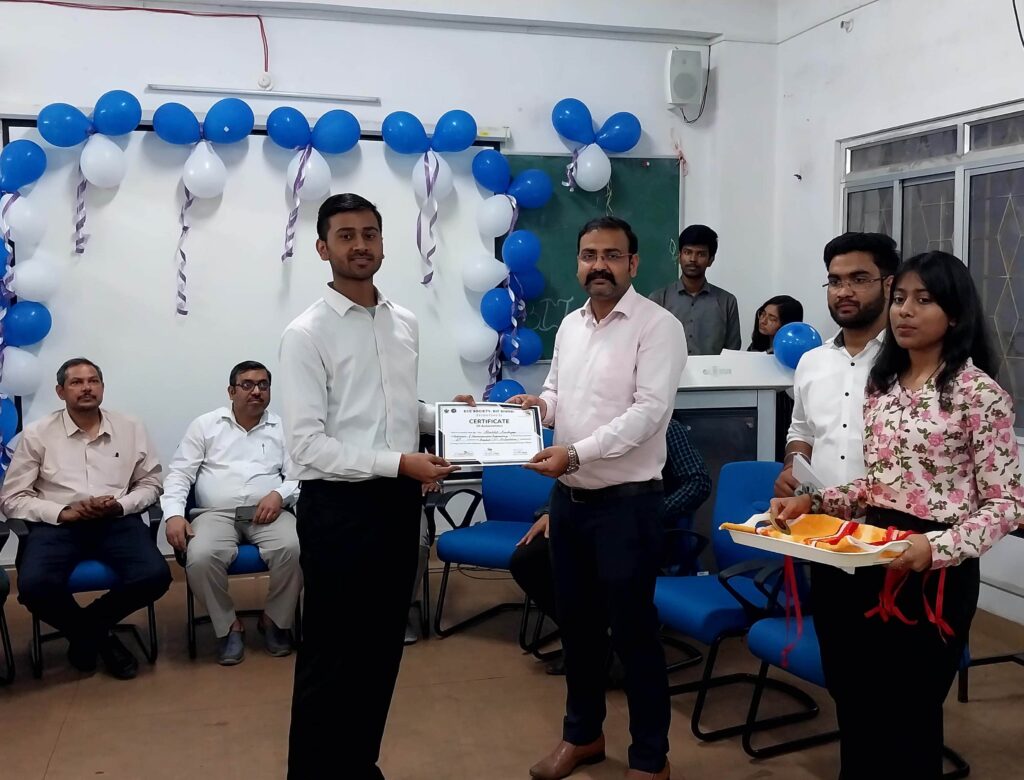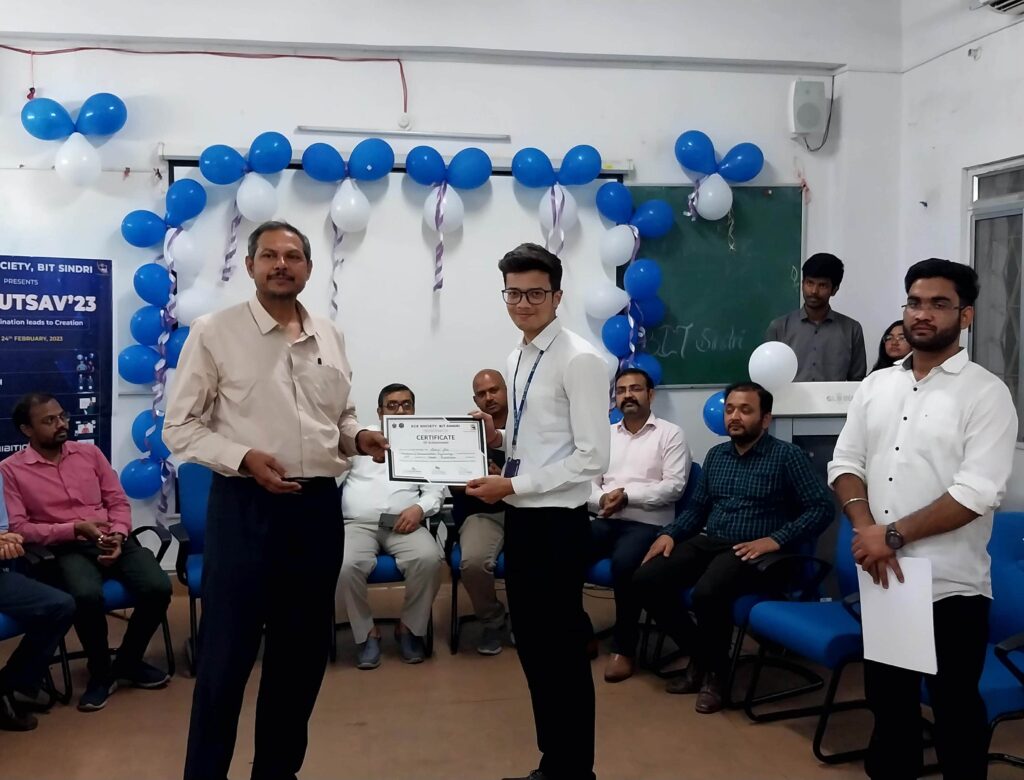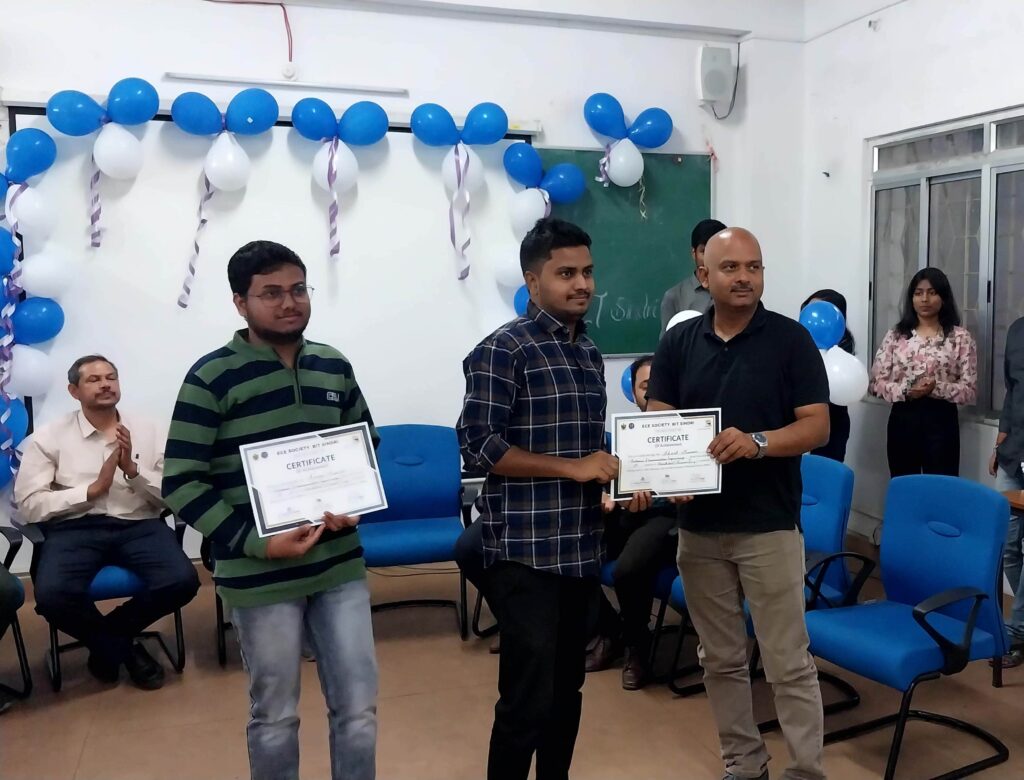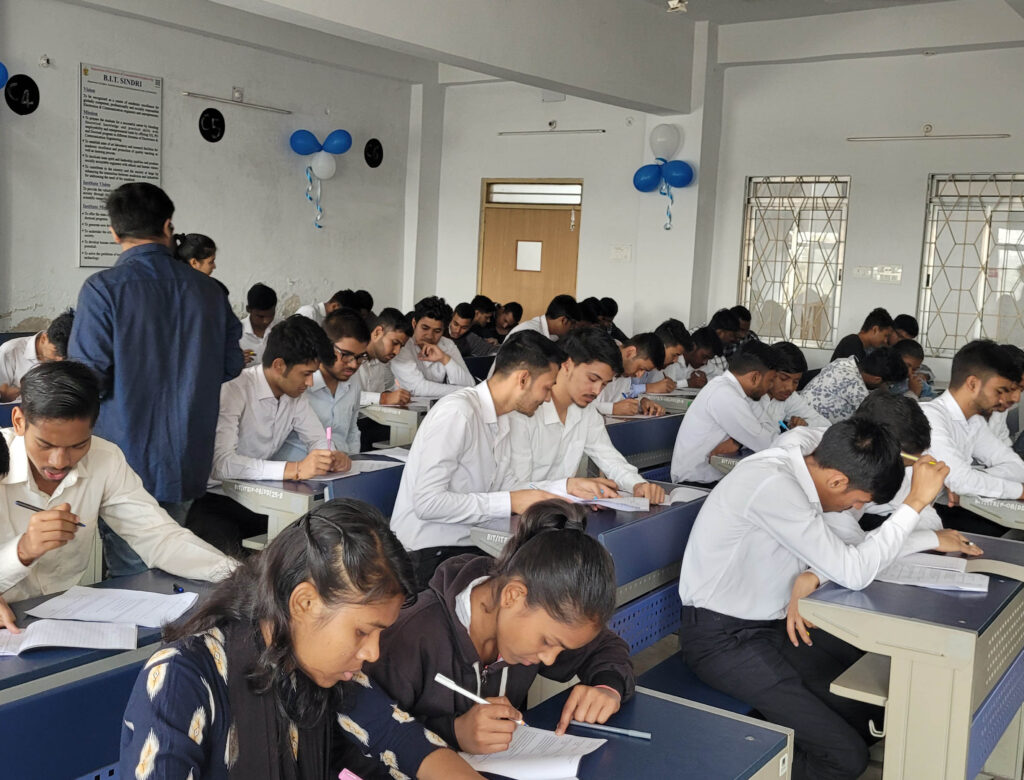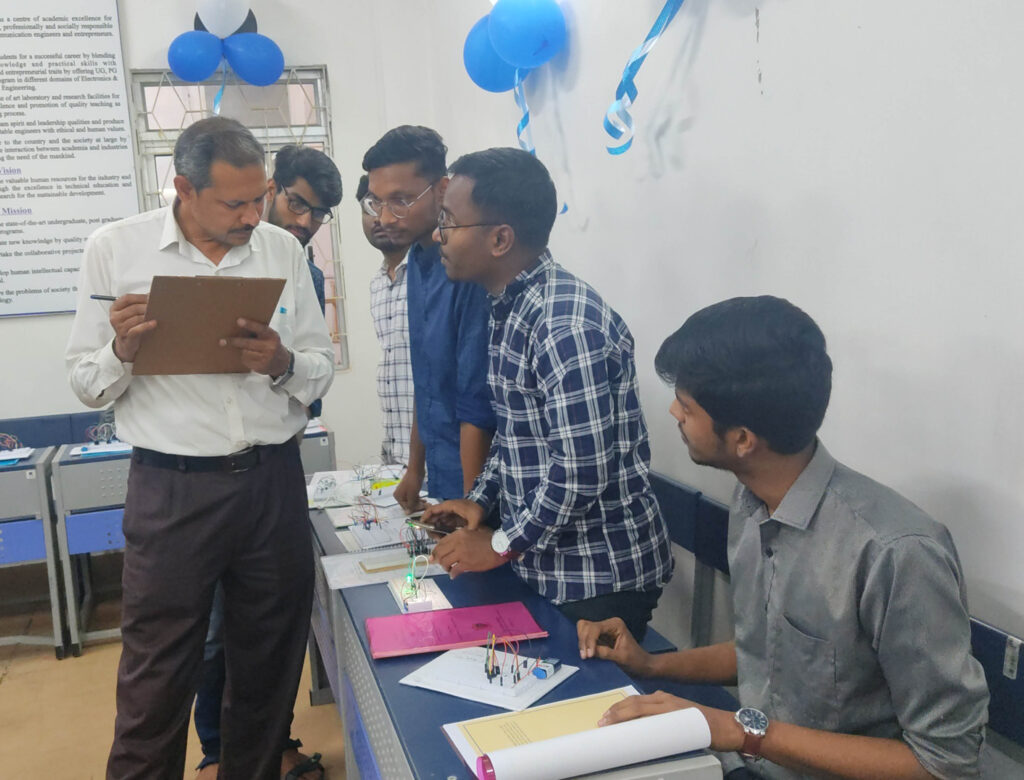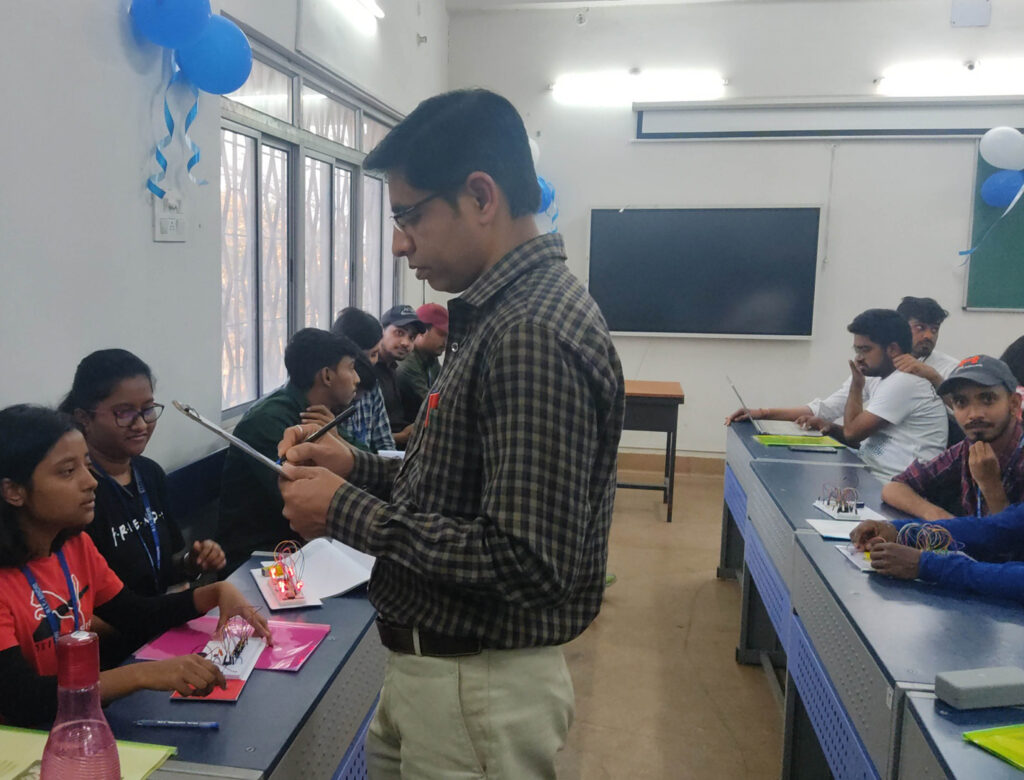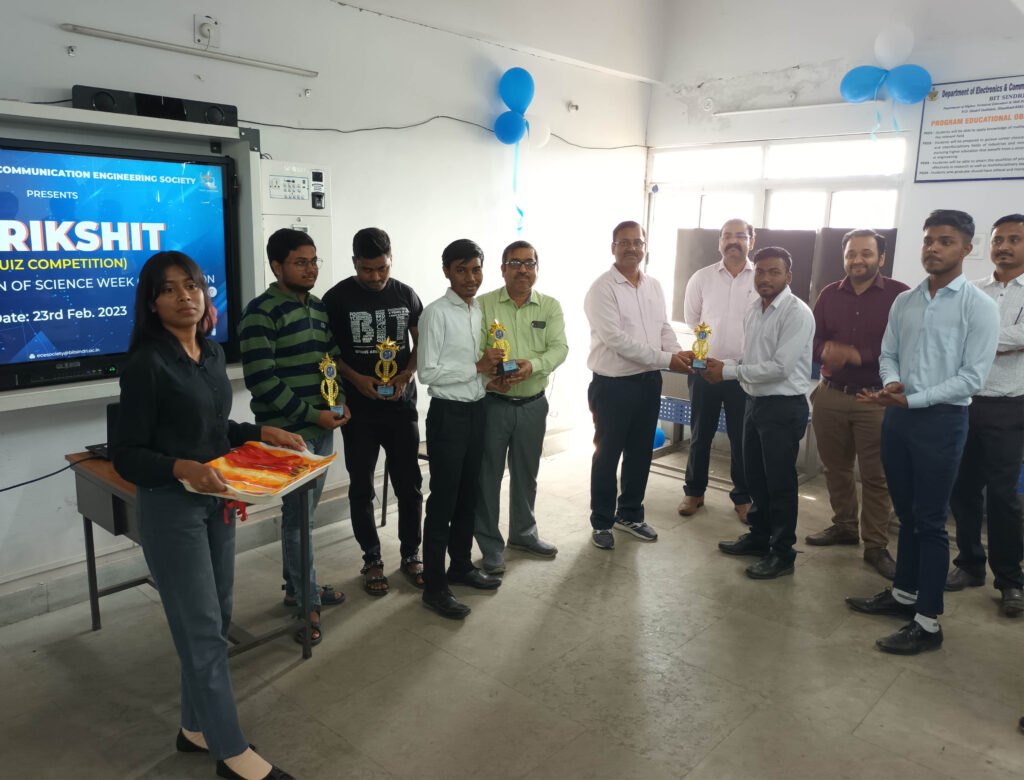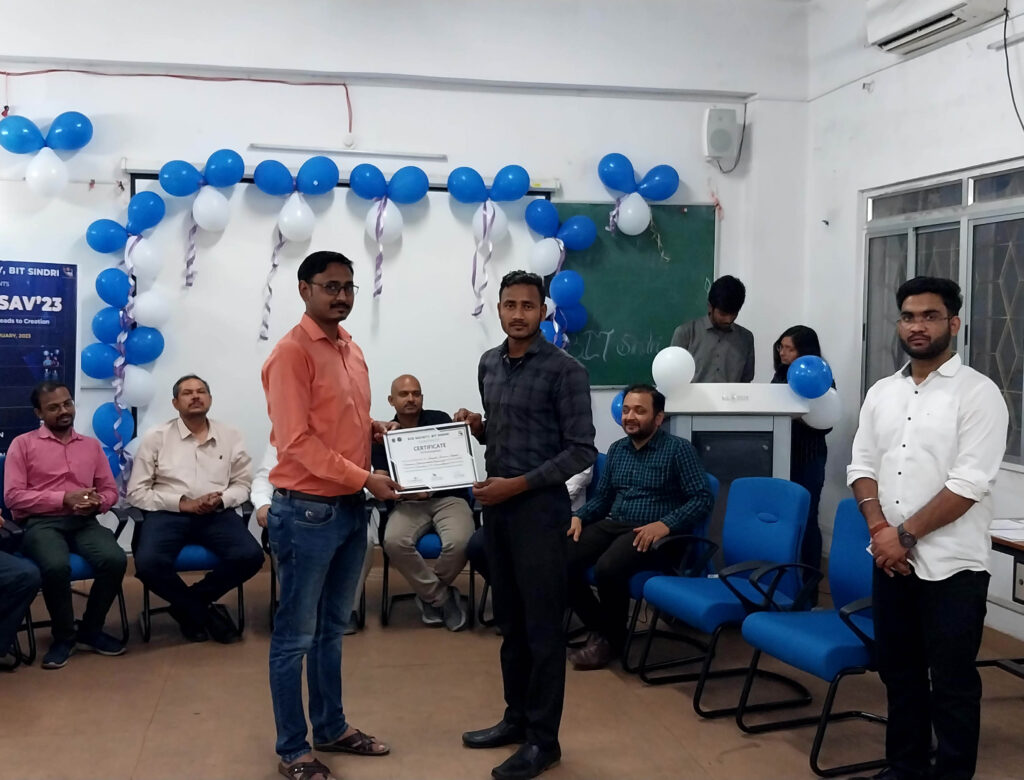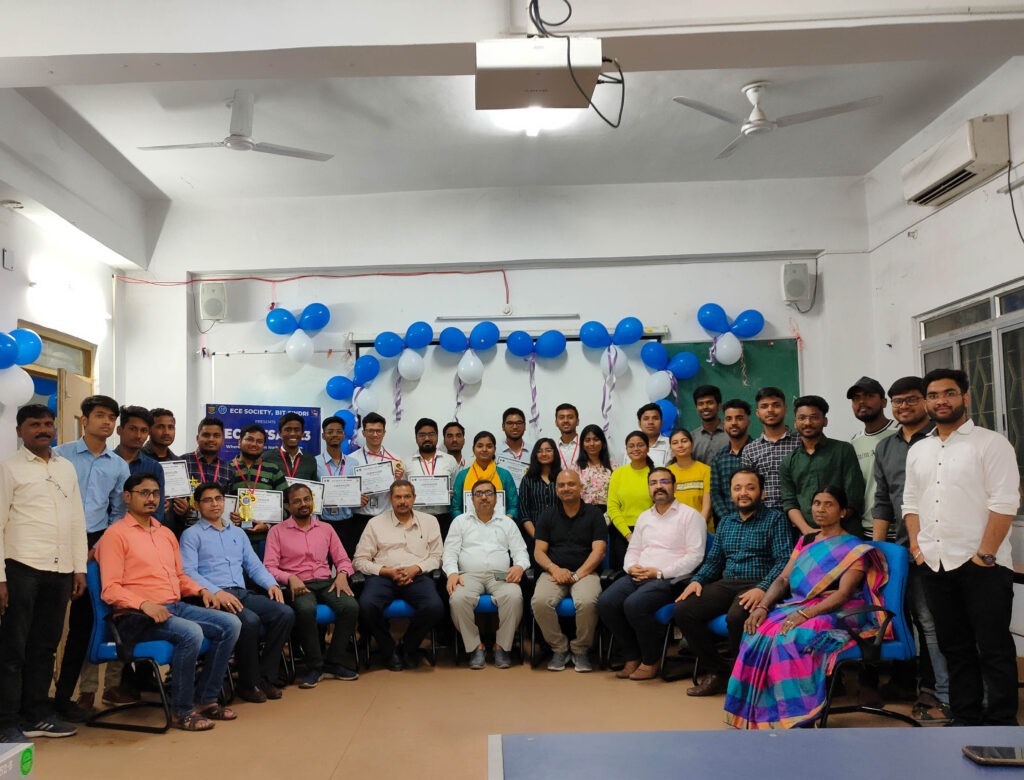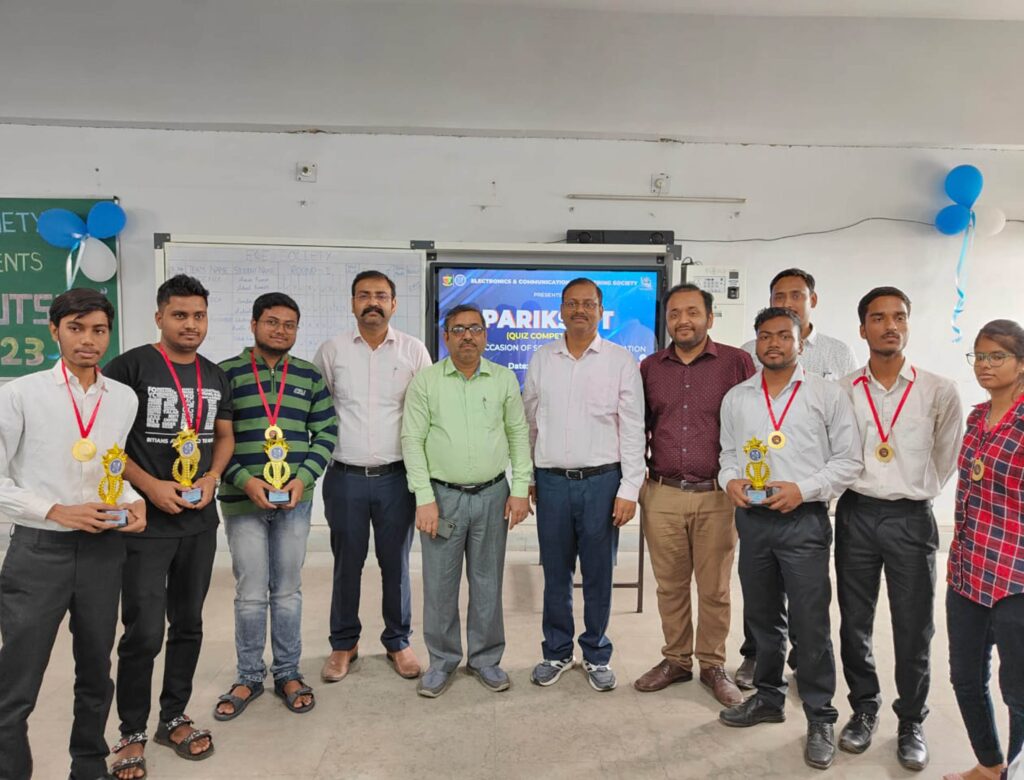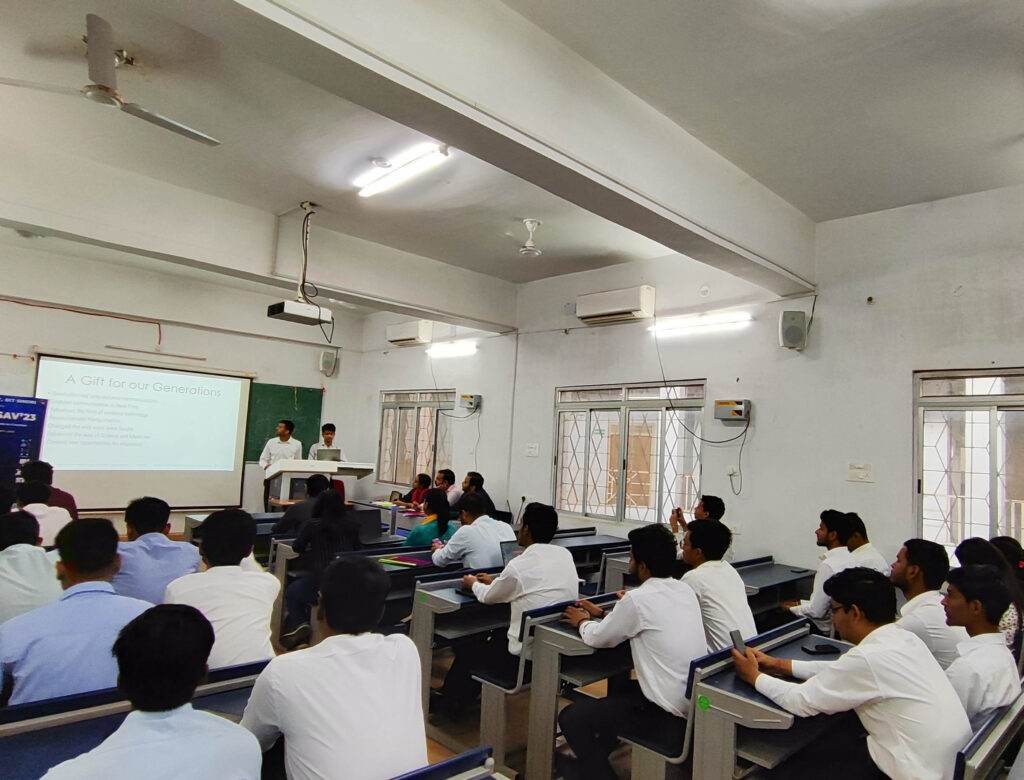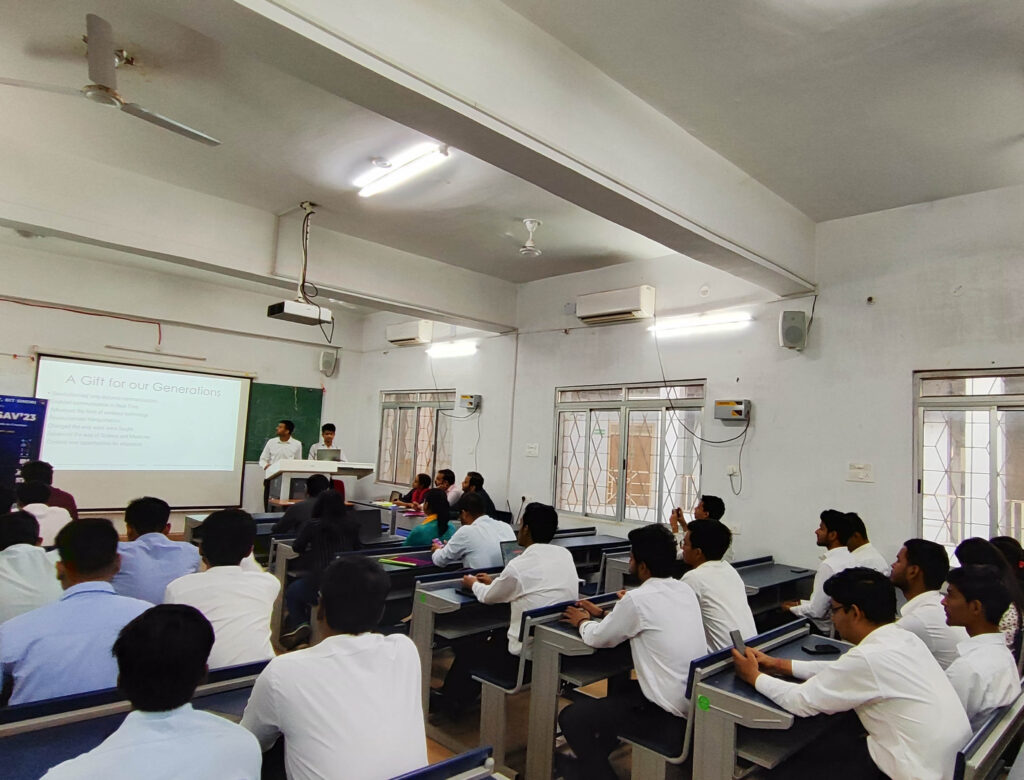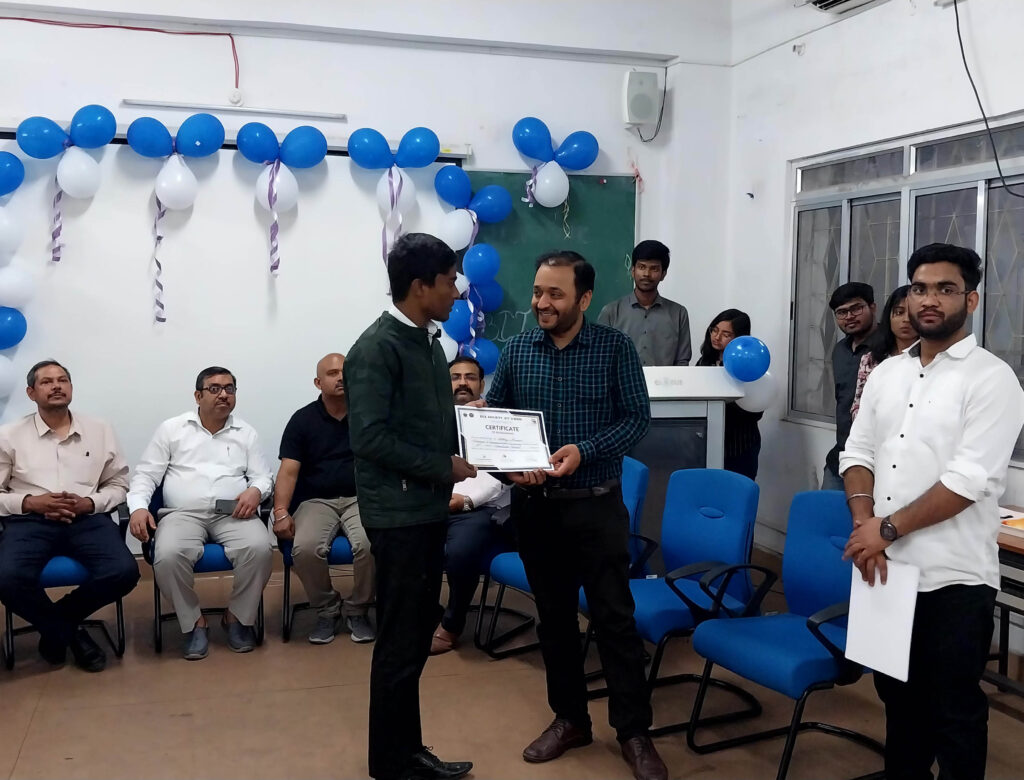Department of Electronics & Communication Engineering
The Electronics and Communication Engineering department commenced its journey in 1957, eight years after the establishment of BIT Sindri. Since then, BIT Sindri became an institution that led the way in India’s rapid expansion of the telecom industry.
The department offers a four-year B. Tech course for undergraduates ingraining challenges and innovation across many fields. It was established as a platform to showcase and enhance technical excellence in all the Areas of electronics and communication engineering. It provides industrial exposure to Engaging topics like 5G research and technology to initiate overall development.
To enhance the enthusiasm of innovative minds, the ELECTRONICS AND COMMUNICATION ENGINEERING SOCIETY has been Established this year to host numerous seminars, cultural fests, quizzes, competitions, workshops, and various technical activities. This action was Intended to draw in curious minds and offer a road map for their future.
Vision:-
To be recognized as a center of academic excellence for globally competent, professionally, and socially responsible Electronics & Communication engineers and entrepreneurs.
Mission:-
To prepare students for a successful career by blending theoretical knowledge and practical skills with employability and entrepreneurial traits by offering UG, PG, and Doctoral programs in the Electronics & Communication Engineering domains.
To establish a state-of-the-art laboratory and research facilities for academic excellence and promotion of quality teaching as well as a learning process.
To inculcate team spirit and leadership qualities and produce socially acceptable engineers with ethical and human values.
To contribute to the country and society at large by enhancing the interaction between academia and industries for addressing the need of mankind.
- PEOs
- PSOs
- Faculty
- Laboratories
- Placement Statistics
- Course Material
- Workshop
- Research
- Alumni
- Newsletter
Program Educational Objectives (PEOs)
PEO1: Students will be able to apply knowledge of mathematics, science, and engineering in the
relevant field.
PEO2: Students will be prepared to pursue career choices in electronic engineering, allied and interdisciplinary fields of industries, and renowned educational institutes for pursuing higher education that benefit from a strong background in applied sciences or engineering.
PEO3: Students will be able to attain the qualities of professional leadership to deliver effectively in research as well as multidisciplinary teams and domains.
PEO4: Students who graduate should have ethical and moral behavior.
Program-Specific Outcomes:(PSOs)
Graduates from BIT Sindri in Electronics and Communication Engineering will be able to:
PSO1: Analyse specific engineering problems relevant to Electronics & Communication Engineering by applying the knowledge of basic sciences, engineering mathematics, and engineering fundamentals.
PSO2: Ability to develop, design, and commission electronics and communication systems and apply modern software tools.
PSO3: Develop the necessary soft skills, aptitude, and technical base to work in an existing electronics engineering industry or establish an entrepreneurial start-up.
PSO4: Apply the Circumstantial knowledge of Electronics and Communication Engineering to evaluate societal, environmental, health, safety, legal, and cultural issues with professional ethics and function effectively as an individual or a leader in a team for life-long learning.
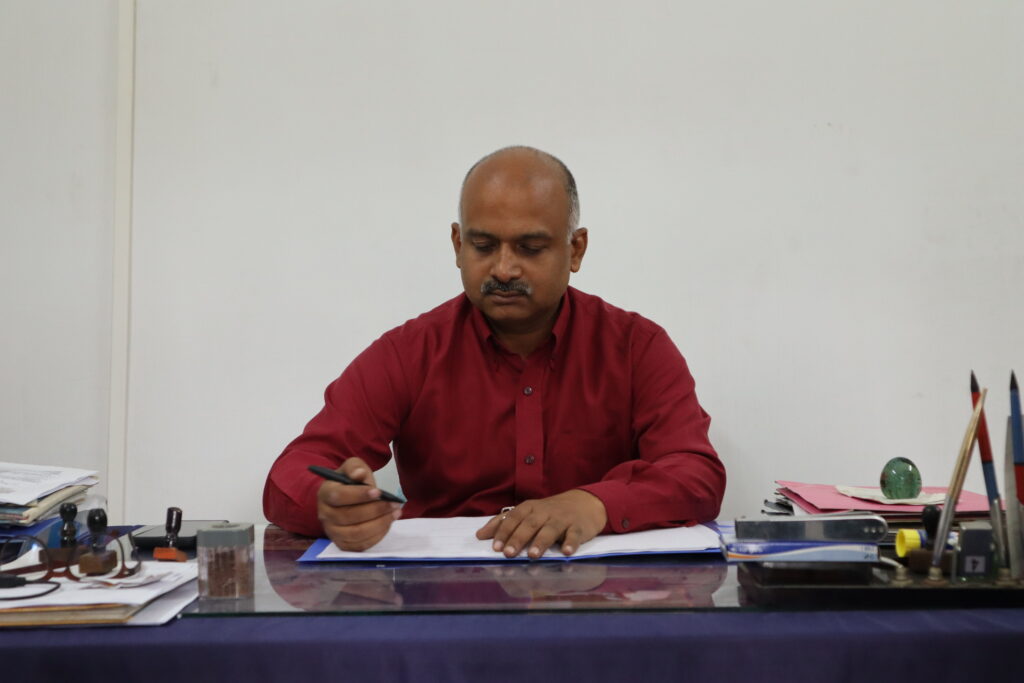
Dr. Amar Prakash Sinha, Associate Professor
Head, Department of Electronics & Communication Engg.
BIT Sindri, P.O.: Sindri Institute, Sindri,
Dist: Dhanbad, Jharkhand, India PIN: 828123
Phone: +91-9430935294,
Email: hod.ece@bitsindri.ac.in,apsinha@bitsindri.ac.in
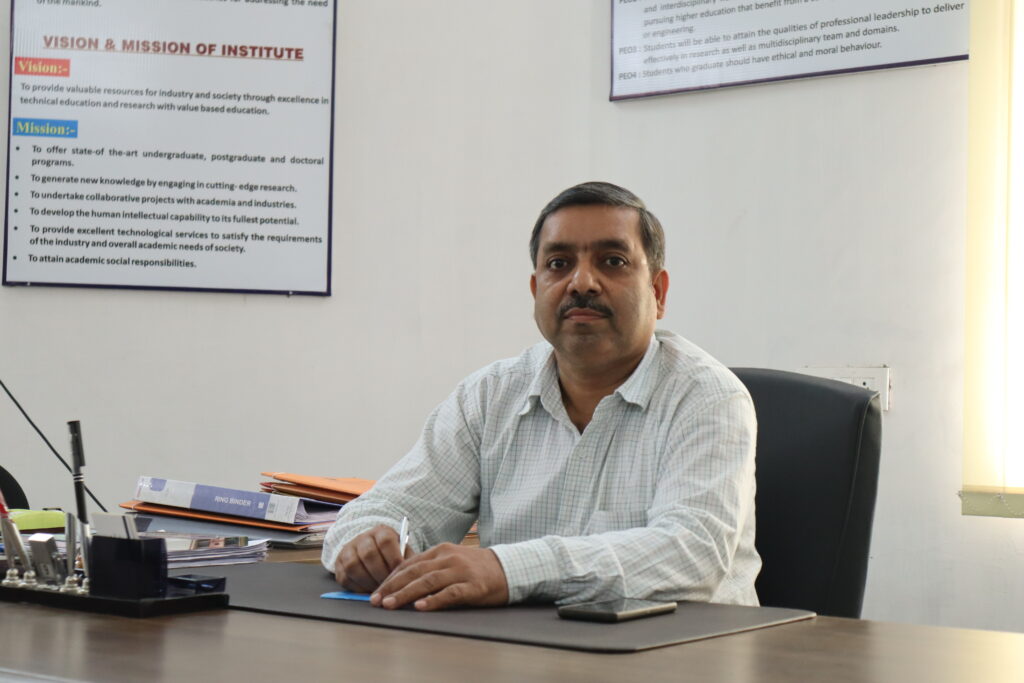
Prof. M.G. Tiary
Professor
Phone: +91-9475332733
Email: mgtiary.ece@bitsindri.ac.in

Prof. Ramjee Prasad
Adjunct Professor
Phone: +4540614248
Email: ramjee@btech.au.dk
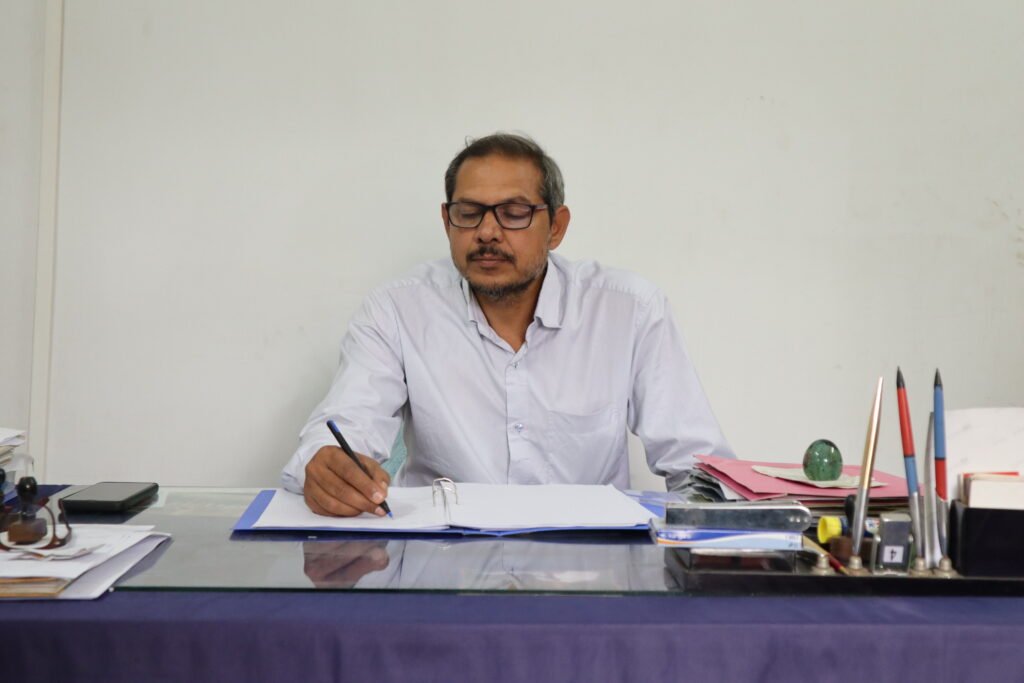
Dr. Imteyaz Ahmad
Associate Professor
Phone: +91-9931298765
Email: iahmad.ece@bitsindri.ac.in
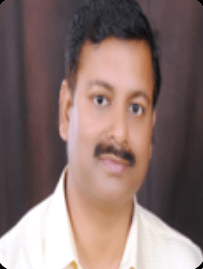
Dr. Arvind Kumar
Assistant Professor
Phone: +91-9110986849
Email: arvindkr.ece@bitsindri.ac.in
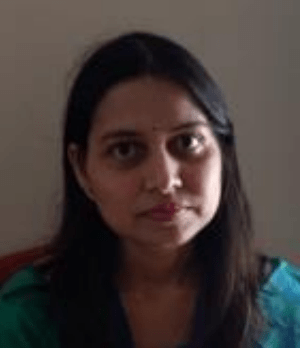
Ms. Sabita Nayak
Assistant Professor
Phone: +91- 8521805906
Email: sa.nayak.ece@bitsindri.ac.in
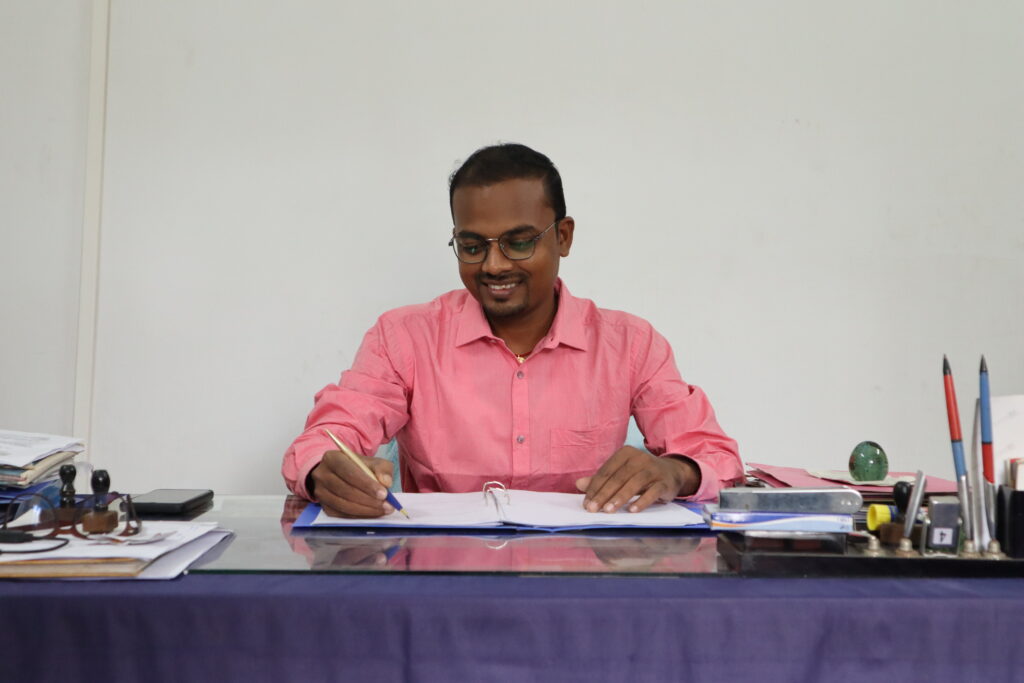
Dr. Praveen Kumar Sahu
Assistant Professor
Phone: +91-9807754898
Email: praveen.ece@bitsindri.ac.in
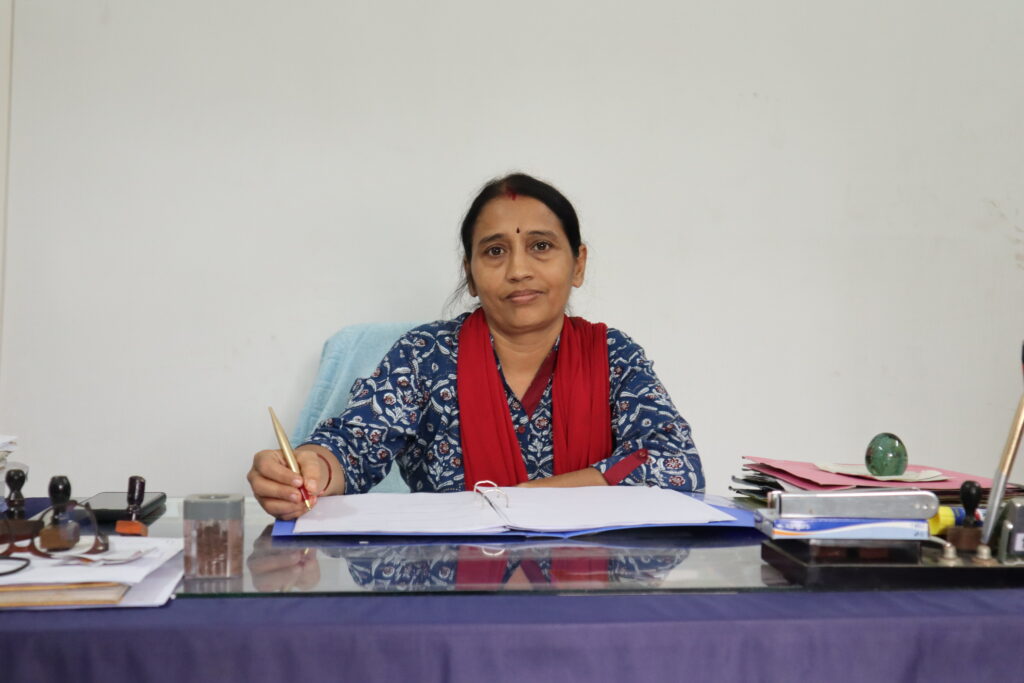
Mrs. Sangeeta Kumari
Assistant Professor
Phone: +91- 8210495464
Email: sangeeta.ece@bitsindri.ac.in

Mr. Aditiya kumar
Assistant Professor
Phone: +91-8986954645
Email: d: aditiyakumar4645@gmail.com

Mr. Nishant Kumar
Assistant Professor (Deputation)
Phone: 9583084811
Email: nishant.ece@bitsindri.ac.in
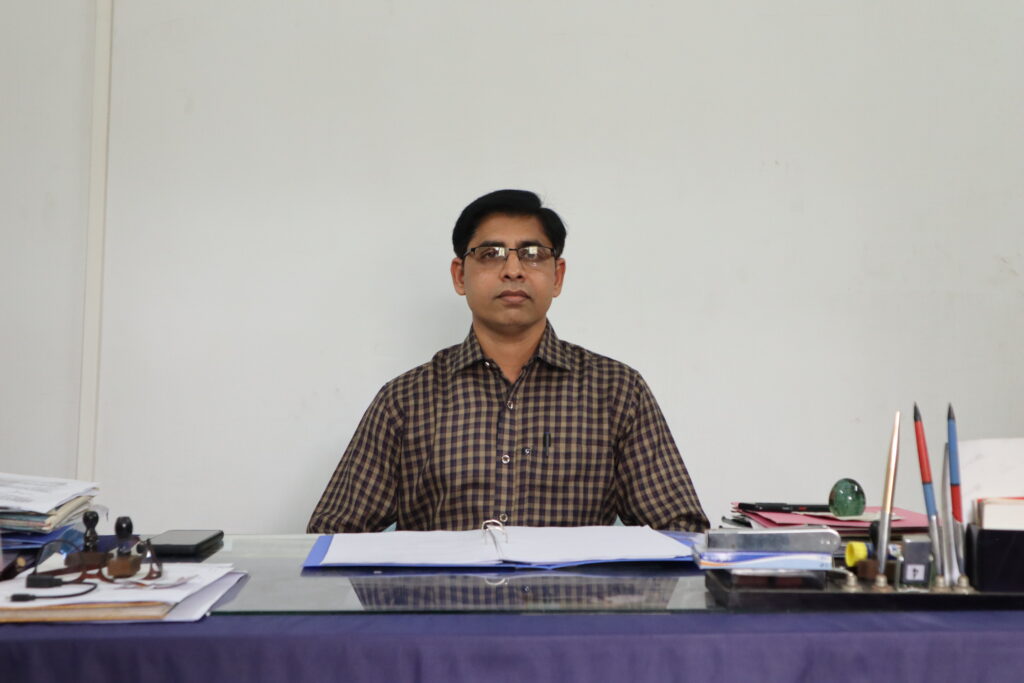
Mr. Jagveer singh verma
Assistant Professor
Phone: +91-9977500078
Email: jagvirverma.ece@bitsindri.ac.in
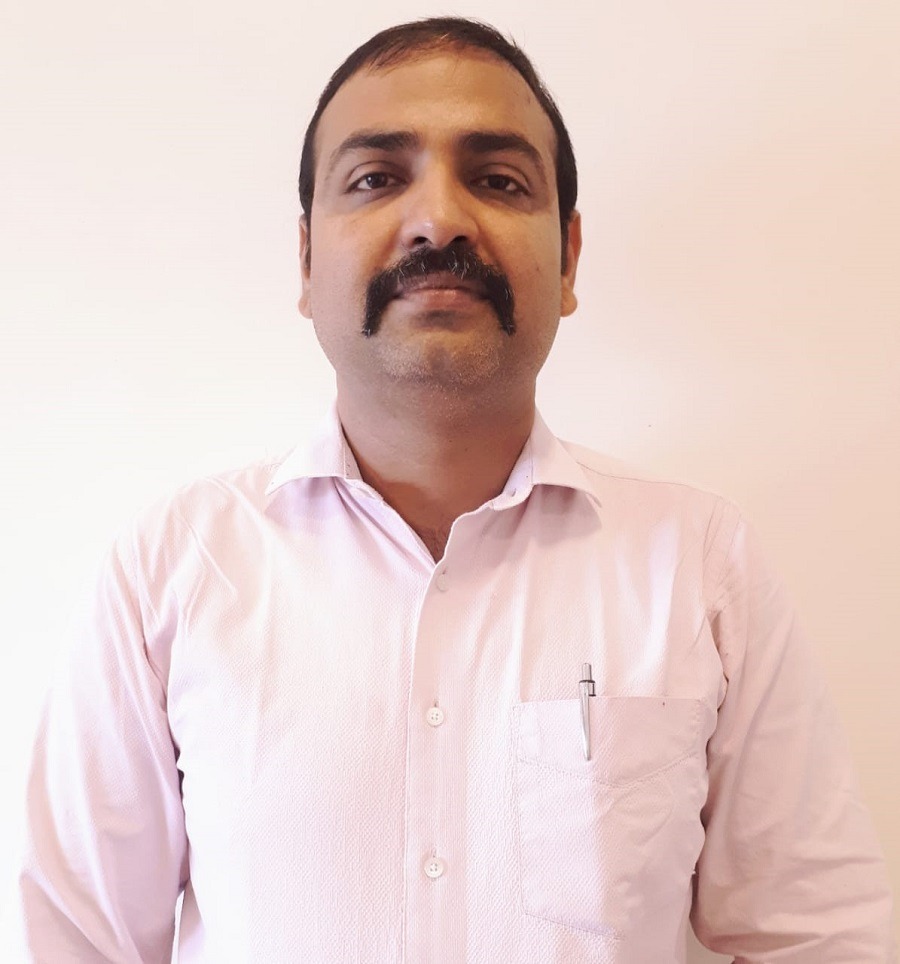
Dr. Prashant Kumar Singh
Assistant Professor
Phone: +91-7461901258
Email: prashant.ece@bitsindri.ac.in
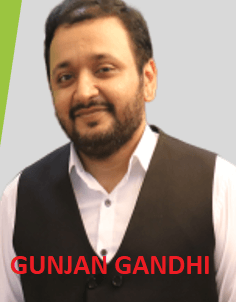
Gunjan Gandhi
Assistant Professor
Phone: +91-9971895450
Email: gunjan.ece@bitsindri.ac.in
Basic Electronics Lab
The institute's core course, "Introduction to Electronics," is connected to the Basic Electronics Lab. Basic analog-digital and mixed-signal electronic experiments are performed in the lab. The fundamentals of electronics are introduced to the students in this lab.
Analog Electronics Lab
Analog electronics (American English: analog electronics) are electronic systems with a continuously variable signal, in contrast to digital Electronics, where Signals usually take only two levels. The term "analog" describes the proportional relationship between a Signal and a voltage or current representing the signal.
Telecommunication Switching System & Network (TSSN) Lab
A switching system is a collection of switching elements arranged and controlled in such a way as to set up a common path between any two distant points. The introduction of switching systems reduces the Complexity of Wiring and makes telephony hassle-free.
Digital Electronics Lab
Digital electronics is a field of Electronics involving the study of digital signals and the engineering of devices that use or produce them. This is in contrast to analog electronics and analog signals.
Digital electronic circuits are usually made from large assemblies of logic gates, often packaged in integrated circuits. Complex devices may have simple electronic representations of Boolean logic functions.
Digital Signal Processing (DSP) Lab
Digital signal processing (DSP) is the application of digital processing, such as by computers or even more specialized digital signal processors, to perform a wide range of signal processing operations. The digital signals processed in this manner are a sequence of numbers representing samples of a continuous variable in a domain, such as time, space, or frequency. In digital electronics, a Digital signal is Represented as a pulse train, typically generated by switching to a transistor.
Digital signal processing and analog signal processing are subfields of signal processing. DSP applications include audio and speech processing, sonar, radar, and other sensor array processing, spectral density estimation, statistical signal processing, digital image processing, data compression, video coding, audio coding, image compression, signal processing for telecommunications, control systems, biomedical engineering, and seismology, among others.
Digital Communication Lab
The physical transfer of data across a point-to-point or point-to-multipoint communication channel is Referred to as digital communication. It is the transmission of discrete messages. Digital communication plays a vital role in today's electronic world. The characteristics of the data determine the data transfer rate in digital communication. Digital communication over long distances is possible with the internet and other techniques. It provides the facility of video conferencing that saves time, money, and effort.
Microprocessor Lab
A microprocessor is a computer processor where the data processing logic and control are Included in a single integrated circuit or a small number of integrated circuits. The microprocessor contains the arithmetic, logic, and control circuitry required to perform the functions of a computer's central processing unit. The integrated circuit can interpret, execute program instructions, and perform arithmetic operations. The microprocessor is a multipurpose, clock-driven, register-based, digital integrated circuit that accepts binary data as input, processes it according to instructions stored in its memory, and provides results (also in binary form) as output. Microprocessors contain both, Combinational logic and sequential digital logic and operate on numbers and symbols represented in the binary number system.
Microwave Engineering Lab
The study and design of microwave circuits, components, and systems are subjects of microwave engineering. All the Analysis, design, and measurement techniques in this subject are based on fundamental principles. Compared to the electronics engineering, this field is distinguished by the shorter wavelengths involved. This is because there are different interactions with circuits, transmissions, and propagation characteristics at microwave frequencies.
VLSI Design Lab
Very-large-scale integration (VLSI) is the Process of creating an integrated circuit (IC) by combining millions or billions of MOS transistors onto a single chip. VLSI began in the 1970s when MOS integrated circuit (Metal Oxide Semiconductor) chips were widely adopted, enabling complex semiconductor and telecommunication technologies to be Developed. The microprocessor and memory chips are VLSI devices. Before the introduction of VLSI technology, most ICs had a limited set of functions they could perform. An electronic circuit might consist of a CPU, ROM, RAM, and other glue logic. VLSI enables IC designers to add all of these into one chip.
Communication System Lab
A communications system or communication system is a collection of individual telecommunications networks, transmission systems, relay stations, tributary stations, and terminal equipment usually capable of interconnection and interoperation to form an integrated whole. The components of a communications system serve a common purpose, are technically compatible, use general procedures, respond to controls, and operate in a union.
Telecommunications is a method of communication (e.g., for sports broadcasting, mass media, journalism, etc.). Communication is the act of conveying intended meanings from one entity or group to another through the use of mutually understood signs and semiotic rules.
CEDT/Project Lab
The "Open Access Laboratory" at NSIT, known as CEDT, or the "Centre for Electronics Design and Technology," is currently run by Dr. D.V. Gadre. The lab specializes in embedded system design and development. In terms of infrastructure, CEDT houses one of the best facilities among all labs at NSIT, and new equipment arrives almost every day in the lab. Students from varied branches but dominantly from electronics backgrounds work on various projects, and once again, it is one of the few labs at NSIT where students can work with highly flexible timing. Having affiliation to TI (since Dr. D.V. Gadre also leads the TI CEPT lab at NSIT), it also serves as an Important asset in terms of procurement and availability of premium quality microcontrollers and ICs at the lab. The lab even has a decent CNC machine and precision manufacturing equipment for PCB fabrication. CEDT houses various projects and events almost simultaneously and drives interest from students from Various colleges all over India. CEDT is known to have produced a lot of interesting electronic equipment, gadgets, and even inventions. The lab is user-friendly, so one can Easily adapt to the CEDT environment.
Simulation Lab
Circuit simulation is a process in which a model of an electronic circuit is created and analysed using various software algorithms, which predict and verify the behaviour and performance of a Circuit. Since the fabrication of electronic circuits, especially integrated circuits (ICs), is expensive and time-consuming, it is faster and more cost-effective to verify the behaviour and performance of it using a circuit simulator before fabrication.
IoT (Internet of Things)
Electronic Systems & IoT are the concepts of connecting Smart devices via internet communication to exchange real-time data. IoT devices are gaining popularity, but devices using IoT technology require careful product development to deliver the same type of product performance and desired customer experience. Your team is required to have the right skills and competencies to overcome common challenges with electronic ecosystems.
List of Theory Subjects and their Course Material
Sl. No. | Name of Subjects/ Name of the Faculty | Link (s) for Course material- The link has been shared for students and peer review. Suggestions to improve the content can be send to the email id of concerned faculty members |
1. | Basic Electronics (EC2101)- |
|
2. | Digital Electronics & Logic Devices (EC3102)- |
|
3. | Analog Electronics (EC4103)- |
|
4. | Communication Systems (EC 4104)- |
|
5. | Microprocessor (EE-4107)- |
|
6. | Electronic & Instrumentation- | |
7. | Analog Communication- | |
8. | S.C.D (EC 5106)- | |
9. | EMF (PH-5104)- | |
10. | Antenna & Wave Propagation (EC 6107)- |
|
11. | Microwave Engineering (EC6108)- |
|
12. | Digital Communication (EC 6109)- |
|
13. | Soft Computing (CS6109) – | |
14. | VLSI (EC7211) – | |
15. | RTES (EC7113)- |
|
16. | Wireless Communication (EC7112) – |
|
17. | DSP (EC 7110)- | |
18. | Satellite Communication (EC8122)- | |
19. | OFC (EC 8118)- |
|
20. | BMI (EC8121)- | |
21. | Mobile Communication (EC8119)- |
|
22. | Linear Control System – |
|
23. | IoT- EC715N |
|
24. | Basic Electronics, Digital Electronics Ms Savita Nayak | Basic Electronics Click Here Digital Electronics Click Here
|
List of Laboratories and their List of Experiments
Sl. No. | Name of Laboratories |
1. | Basic Electronics Lab |
2. | Analog Electronics Lab |
3. | Telecommunication Switching System & Network (TSSN) Lab. |
4. | Digital Electronics Lab |
5. | Digital Signal Processing (DSP) Lab |
6. | Digital Communication Lab |
7. | Microprocessor Lab |
8. | Microwave Engineering Lab |
9. | VLSI Design Lab |
10. | Communication System Lab |
11. | CEDT/Project Lab |
12. | Simulation Lab |
13. | IoT |
Distinguished Alumni (ECE)

Dr. Ramjee Prasad
President, CTIF Global Capsule,Aahrus University, Denmark (6G Expert)

Prof. B.N Mishra
Former Director, NSUT

Prof. B.N Mishra
Former Director, NSUT
- Phone:+1 (859) 254-6589
- Email:info@example.com

Dr. Sanjay Kumar
Vice-Chancellor, Symbiosis University of Applied Science

Dr. Neil Pandit
former scientist at NASA

Prof. S.S. Jamuar
IIT(ISM) Dhanbad, Former IIT Delhi
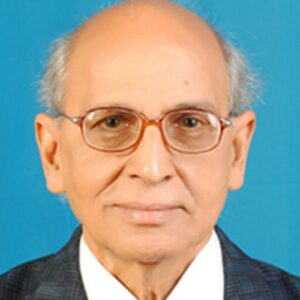
Prof. S.L. Maskara
IIT Kharagpur

Mr. K. K. Thakur
Chief General Manager, BSNL

Mr. Kamal Nath
Chief Executive Officer - Sify Technologies Limited, India

Mr. Shashank Shekhar Garuryar
Sr Vice President , HFCL Limited

Ms. Kumud Sharma
Chief Executive Officer of SuperSeva Services Pvt. Ltd

Ms. Lily Prasad
Vice President. Government- e- Marketplace (GeM)

Prof. D.K Singh
Vice-Chancellor, Jharkhand University of Technology
ECE newsletter
ECE Society
To contribute to the country and society at large by enhancing the interaction between academia and industries for addressing the need of mankind.
Website: https://ecesociety.bitsindri.ac.in/

